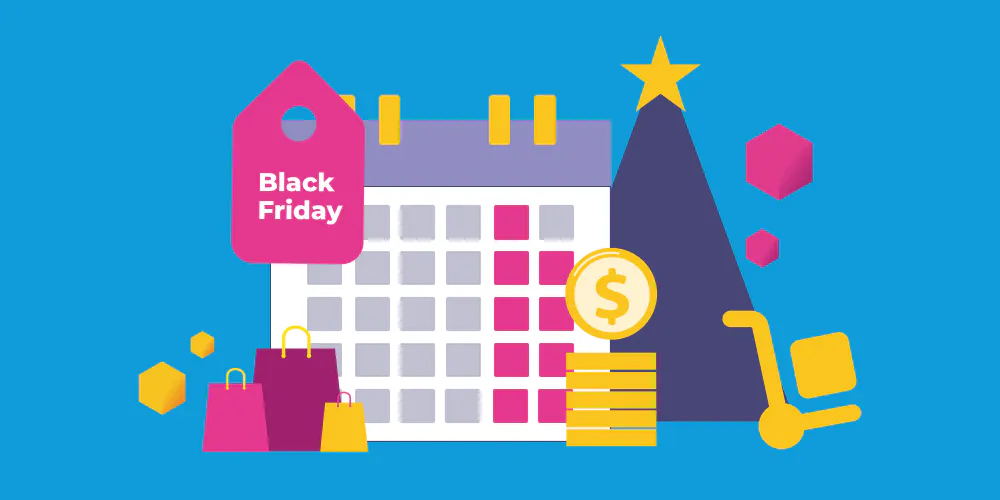What Is Average Time on Page and How to Increase It
Do you want to know how to boost the average time people spend on your website?
A larger average time on page might assist your site in ranking better in search results. It also provides you more time to encourage website visitors to subscribe, buy, or do something else on your website.
This post will explain what average time on page is and 10 simple techniques to boost it.
What Is Average Time on Page?
The average time spent on a page on your website is the amount of time each user spends on any one age.
Divide the total amount of time spent on the page by the number of non-exit pageviews to determine average time on page.
Assume that 2,000 pageviews spend 500 minutes on a landing page in a given month. We eliminate 500 of those visits since they were page exits or bounces. As a result, the average time spent on the page would be:
500 minutes divided by (2,000 pageviews minus 500 page exits or bounces) equals 500/1500 or 0.33 minutes or 20 seconds.
Remember that average duration on page does not account for departures or bounces.
Page exits occur when a person navigates to another website after seeing a web page and others on the same website. In Google Analytics, the last page is categorised as an exit page. At the best Digital marketing course in Andheri all these practical knowledge is imparted so that our students can have opportunity to practice and learn in a real-world setting.
Bounces are single-page sessions in which the visitor views the page but then returns to the search results without exploring the rest of the website.
This term will be useful later on when we consider ways to enhance average time on page. But first, let’s talk about why average time on page matters.
Why Does Average Time on Page Matter?
The average time on page measures the usability of your website and how effectively visitors engage with your content.
Getting a lot of visitors to your website isn’t enough. Visitors must read what is on your website, click links, subscribe to your email list, buy things, and participate in other ways.
Average time on page may contribute to search ranking because it is a measure of user involvement. Search engines like high-quality websites, and one sign of this is the amount of time visitors spend on various pages. If the majority of visitors leave a page relatively immediately, this might indicate a bad user experience and low content quality.
Your user experience will likely improve as you try to boost your average time on page. And if your user experience improves, so may your conversion rate. At the best Digital marketing institute in Thane you will be able to expertly master the various digital marketing techniques, reaching a wider audience, creating a better connection with customers, and increasing sales.
How to Increase Average Time on Page
Increasing the number of sessions or pageviews alone will not necessarily result in an increase in average time on page. The traffic must be of excellent quality, and visitors must interact with your pages.
At the best Digital marketing course in Navi Mumbai you will have the opportunity to practice what you learn in a real-world setting, with access to expert instructors and valuable resources.
Remember how to measure average time on page:
Total amount of time spent on the page / (Total pageviews – Page exits or bounces)
Based on this methodology, the following ten factors are utilised to enhance average time on page:
- Create Good Content
- Use Exit-Intent Popups
- Optimize Page Navigation
- Embed Videos
- Run a Comment Contest
- Add a Quiz
- Use Gated Content
- Add a Chatbot or Live Chat Popup
- Decrease Load Time
- Optimize For Mobile




